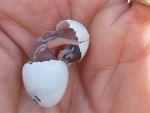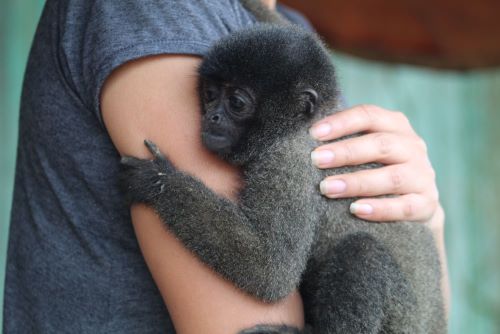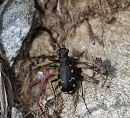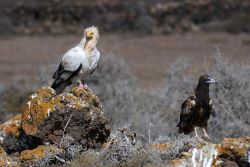An international collaboration led by the Doñana Biological Station (EBD-CSIC) has shown that experts are consistent when assessing the economic, health and ecological impacts of alien species. These assessments are therefore reliable to guide the prioritization of resources invested against biological invasions. These results have a great impact on the management by national and international institutions, which have limited resources to fight against the growing and worrying increase of alien species invasions and the damage they caused to society and environment.
Biological invasions annually cause huge food losses, disease transmissions, species extinctions and ecosystem perturbations. For these reasons, it is one of the biggest problems that humankind currently faces, and its relevance will alarmingly increase due to the extreme situations that climate change will expose society to. The seriousness of this problem lies in the limited human resources available to fight against it, that force to prioritize its management. Here is where tools such as impact assessments play a key role. Assessments report the impact of invasive species in different areas, including economy, health and environment, and allow us to rank the most harmful species. For instance, in aquatic ecosystems like the Ebro Delta in Spain, there are dozens of invasive alien co-occurring and species causing millionaire economic losses and irreparable ecological damage, such as the Zebra mussel affecting irrigation, the apple snail devouring rice fields or the blue crab, causing the local extinction and declines of many native species. "That's why it is crucial to ensure that the results are not dependent on the assessors and to understand what factors affect discrepancies among experts", explains Rubén Bernardo-Madrid, lead author and researcher at Doñana Biological Station – CSIC.
One of the relevant aspects of this study is the quantification of the consistency of responses across assessors for a large number of invasive species of vertebrates, invertebrates and plants. In addition, the researchers have studied multiple protocols focused on different aspects, providing a global view of this problem. "The study has shown that the great majority of assessments are consistent and therefore valid to aid in decision-making", explains the researcher. "These results are encouraging as they suggest that these protocols may be useful when facing the worrying forecasts of increasing biological invasions and their damages".
On the other hand, the researchers have observed that discrepancies across assessments might be due to multiple factors, such as the type of impact asked or the linguistic formulation used in the protocols. The results suggest that there is room for improvement in assessments, but it will require more funding for research, and more multidisciplinary collaborations between ecologists and linguists to develop less ambiguous protocols.
As always, the most effective measure against biological invasions is prevention. However, given the incapacity to control every voluntary and involuntary introduction, other tools such as impact assessments are essential to reduce as far as possible the damage caused by these species on human welfare and environment. Its continuous improvement and evaluation, such as the one made in this study, are decisive.
Reference:
Rubén Bernardo Madrid, Pablo González-Moreno, Belinda Gallardo, Sven Bacher, Montserrat Vilà. Consistency in impact assessments of invasive species is generally high and depends on protocols and impact types. Neobiota. https://doi.org/10.3897/neobiota.76.83028
Contact:
(+34) 955 14 94 16
https://doi.org/10.3897/neobiota.76.83028







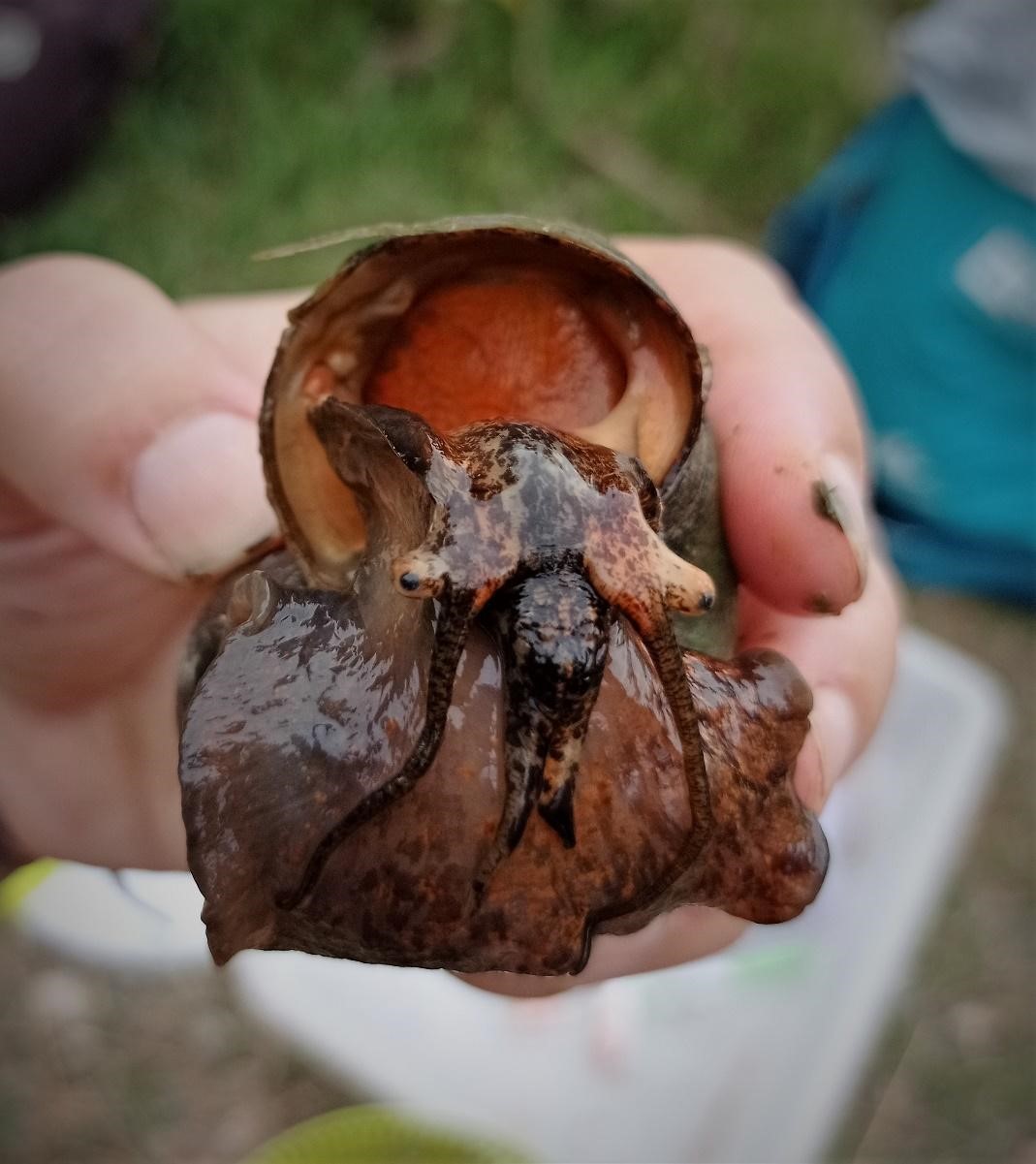
 Las altas temperaturas están provocando que las lagunas y las marismas de Doñana pierdan agua rápidamente
Las altas temperaturas están provocando que las lagunas y las marismas de Doñana pierdan agua rápidamente
